
Known for his deep appreciation of natural materials and the creation of designs that embody both aesthetic beauty and enduring functionality, Tom Fereday shares insights into his journey from a young sculptor and graphic designer in London to the founder of his own celebrated design studio in Australia. With a philosophy that marries the celebration of materiality with “quiet innovation,” his work offers a refreshing counterpoint to the fast-paced world of contemporary design. Fereday’s approach, which emphasizes the inherent beauty and character of natural materials, drives his process from initial concept through to the final design, ensuring that each piece serves a functional purpose and tells a story of craftsmanship and thoughtful consideration.
LIMITED COPIES LEFT – ORDER IN PRINT and DIGITAL
In this exclusive interview with Editor Katarina Doric, Fereday reflects on the importance of collaboration, the challenges of maintaining longevity in design, and the joy of creating objects that grow with their owners over time. With a portfolio that includes collaborations with notable brands and institutions, Fereday’s work shows the power of design to foster connections, celebrate natural beauty, and create meaningful, lasting impacts. As we explore his ethos, process, and future aspirations, it’s clear that Fereday is not just creating furniture but is also contributing to a richer, more thoughtful design culture that values sustainability, collaboration, and the timeless beauty of the natural world.
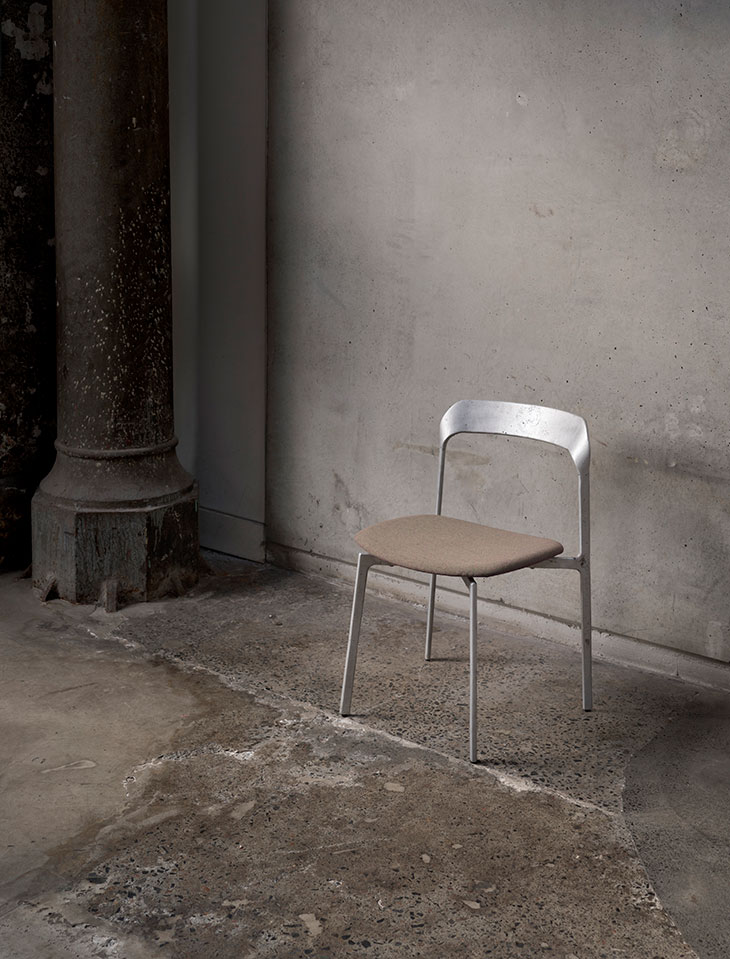
Tom, could you share the journey that led you from sculpture and graphic design to establishing your own design studio? – I am a furniture and product designer based in Sydney with a design approach built around the celebration of natural materials. I was born in Australia but grew up in London, England. I studied sculpture at the Wimbledon School of Art before moving to Australia to complete an honors degree in industrial design at the University of Technology Sydney. I think my love for design began as a young designer experimenting with model making and genuinely enjoying just quietly constructing objects from available materials to create items with a sense of character or value. I have always had a certain naïve intuitive love of objects, even when I was not necessarily aware that people designed them.
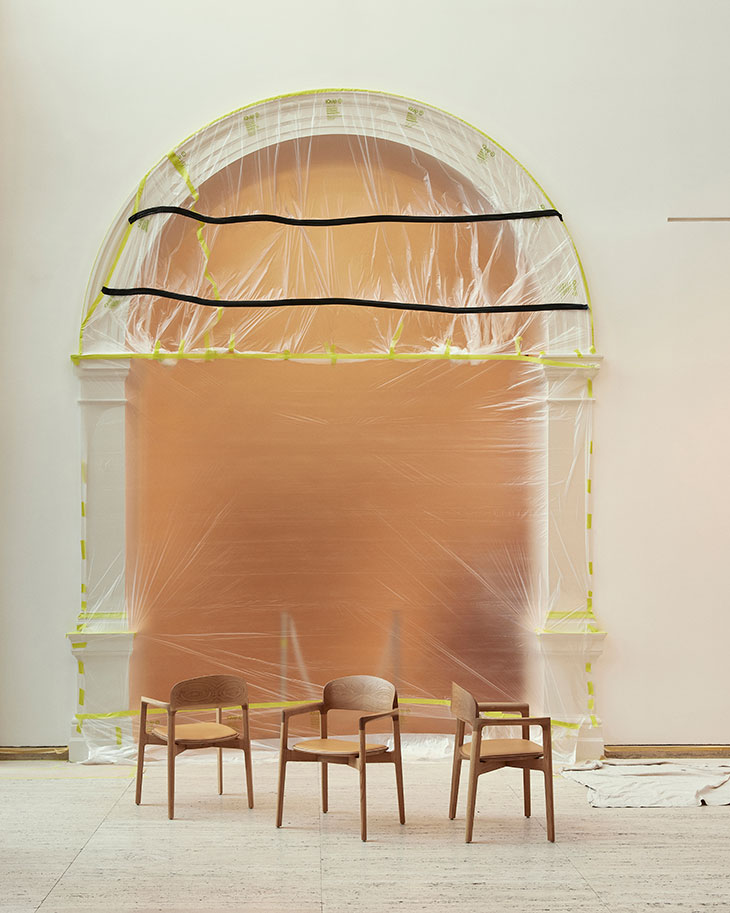
Your design ethos focuses on the natural beauty of materials and aims for both aesthetic and functional longevity. How do you balance these elements to achieve what you call “quiet innovation”? – I try to celebrate the natural beauty of materials through unique designs with the intended outcome of both aesthetic and functional longevity. At its essence, I am trying to create a body of work that grows, is not replaced, and may last a lifetime or longer. I term this “quiet innovation” to mean developing or working with new design innovation that does not take away from its essential beauty of both material or form.
It is very important to me that the works we create solve a problem or need and do so in a way that is both sympathetic to the materials and functionally elegant.
How do you select materials for your projects, and how does this choice drive your design process? – I think the beauty and character of natural materials are both incredible and meaningful to people. I often try to celebrate the natural characteristics of natural materials, not to overwork a design but rather enhance the material and experiential interaction with an object. If you stop to appreciate just how incredible it is that a piece of timber or stone came about, I think it is only right that we garner as much respect and careful consideration as possible for its ultimate use.
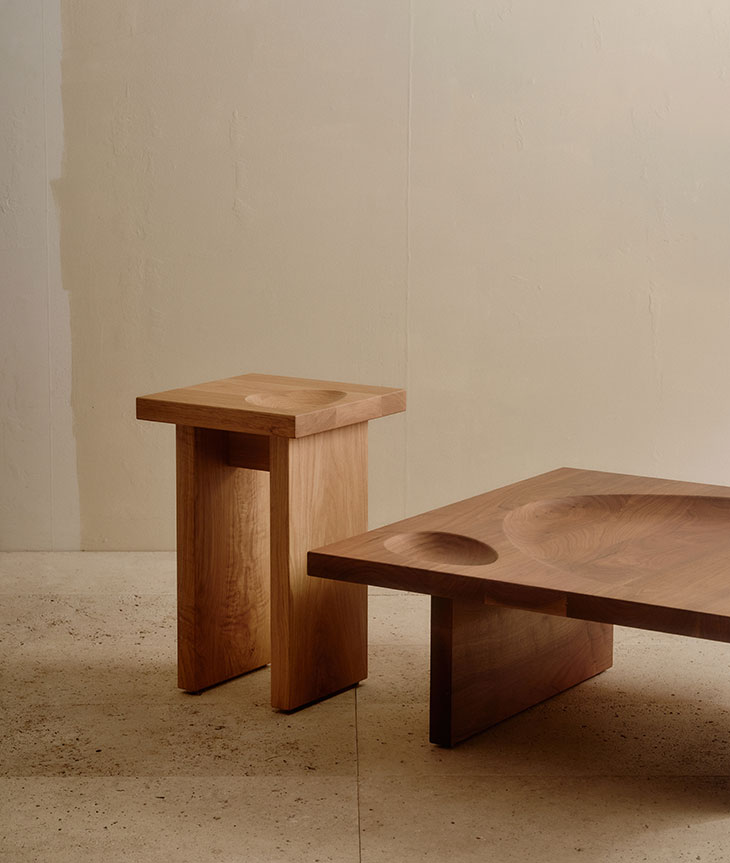
How would you describe your approach to solving design problems, and how does this reflect the aesthetic sensibility of your work? – Ultimately, my goal is to create objects with both aesthetic and functional longevity that grow on you over time. This often leads to quiet, considered pieces that, upon closer inspection, reveal their design consideration or nuance. I try to make genuinely meaningful objects that warrant the investment and energy that must be placed into creating them. It is very important to me that the works we create solve a problem or need and do so in a way that is both sympathetic to the materials and functionally elegant.
When beginning a new piece or collection, what process do you follow? – I try to start each project with a unique problem to solve. I have found that I thrive under constraints, and by clearly defining why a product should exist, the most unique and enduring results have been achieved.

Collaboration seems integral to your practice. How do you choose your creative partners and brands, and what do you value most in these collaborations? – Everything we work on begins as a collaboration: it could be with an institution, a gallery, or a brand. A lot of the work is an exploration of a new process, which I’m excited to learn from these incredible makers. I’ve been lucky enough to work in anything from cast glass to fine woodworking, which inevitably involves collaboration with makers and manufacturers. There’s a journey that’s not just me as a designer. It’s very holistic. It’s not just a product; there’s a story to what we’ve created.
Looking at your career achievements, what moment or project stands out to you as one you are especially proud of, and why? – I think some of the early collaborations that set off my career have not only set up a sustainable foundation for my studio but also allowed me to meet and engage with some incredible people and companies in the design industry. These would include companies such as DesignByThem, Nau Design, Rakumba Lighting, and SP01, people who saw promise in my work at an early stage.
In today’s fast-paced design world, what do you see as the biggest challenge for designers seeking to create work with lasting impact? – I think longevity is something that is increasingly challenging in the design industry. With such a fast-paced appetite for design and the need for always new designs, I think it is harder and harder to quietly celebrate the work we have already produced.

Considering the broader design industry, if there was one aspect you could change to foster better collaboration and support a richer design culture, what would it be? – For design practices outside of the direct furniture industry to see how successful it can be to collaborate with designers. I think that collaboration can offer incredible meaningful outcomes and help support a design culture in Australia and internationally, whether in the built environment or more object-orientated companies.
I think that collaboration can offer incredible meaningful outcomes and help support a design culture in Australia and internationally, whether in the built environment or more object-orientated companies.
Who or what have been your major influences in design, and are there any contemporaries or peers whose work you particularly admire? – I have been lucky enough to grow around a fantastic design culture in Australia, from my education to the incredible designers around me, not just in products but also in interior, architecture, and more. However, my biggest influence would probably be my family, those who are around me, and many of them are creatives and artists who gave me the confidence and freedom to explore such a career.
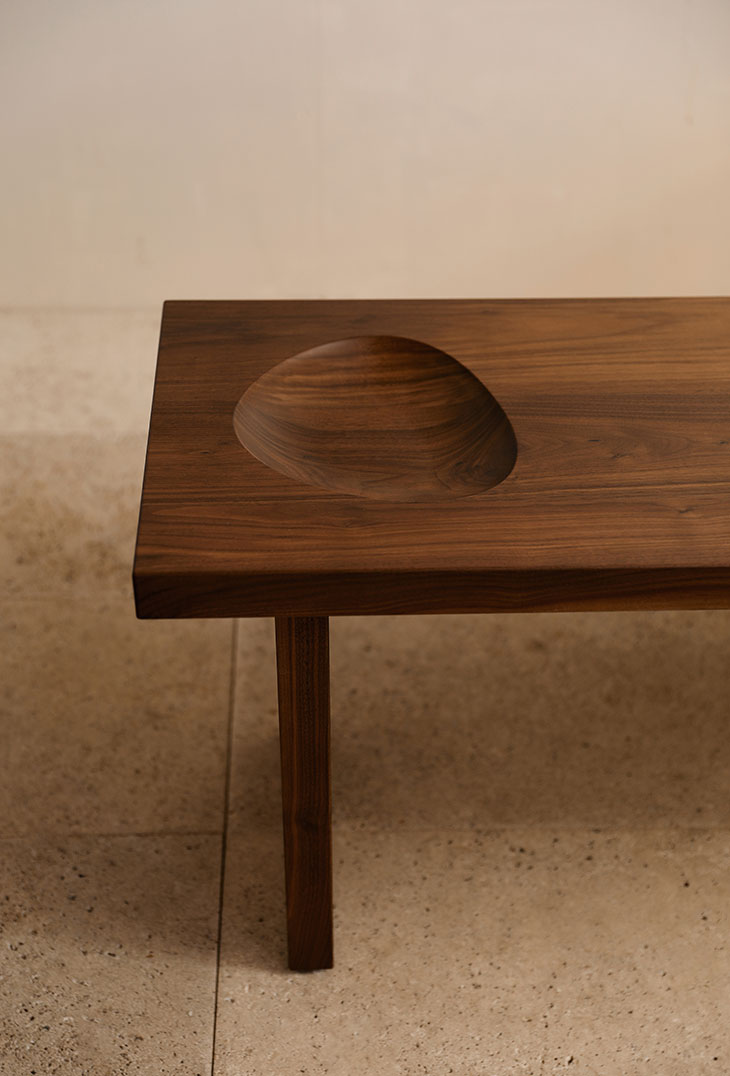
Can you give us a sneak peek of what’s on the horizon for you, including any upcoming projects or goals you’re excited about? – I am excited to be launching a new collection for this year’s Milan Design Week at Villa Borsani in collaboration with Alcova, alongside a new light collection with Rakumba lighting. Furthermore, I am excited about two more exhibitions for Melbourne Design shortly after.

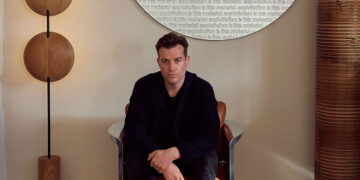















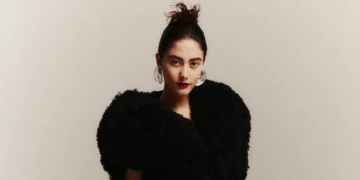
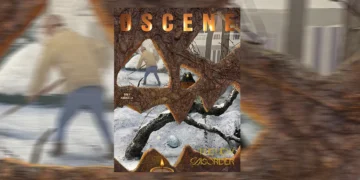
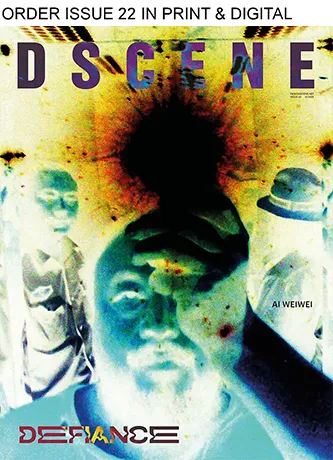

gorgeous design 💙💙💙